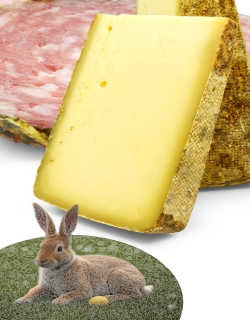Lactation period cow
Milk period or milk performance of a milk cow
First of all: We in Vorarlberg do not have high-performance cows which spend ten to twenty times their body weight of milkCheese milk is the milk intended for the production of cheese, also with the concomitant use of buttermilk products, cream products, sweet whey, sour whey and whey cream (whey cream) » More info per year.
The milk period is also called the lactation period. It is the time when farm animals such as cows, sheep or goats keep milk for milk production.
In dairy cows the milk delivery is usually between the birth of the young (eg cows “calving”) and the drying, usually about 305 days.
Milk production is subject to the lactation curve during this period. The curve shows the course of the daily amount of milk that the cows can give within one lactation period. After calving, it is highest and then decreases continuously.
The truth of the high-performance cow – Why does she give so much milk?
Cow’s milk is basically the mother’s milk for the calf. In the modern milk production plant, a milking machine sucks on the teats. The teat cups mimic the suckling of the calves with pulsating negative pressure.
The milk only flows when a calf is born. Because as soon as a young animal is born, the mother produces the food milk. Immediately after birth, the milk yield rises sharply. After about seven weeks, milk production reaches its maximum and remains at a high level for a good two more months.
In order for the whole thing to be repeated, today’s high-performance cow will reapply two to three months after it has calved. While she is still producing for her calf, she is already pregnant again. Nine months later, the next calf comes. Six weeks before birth, the udder is granted a six-week recovery period.
After the second or third birth, the milk bubbles even more fruitful.
A high-performance cow spends ten to twenty times her body weight of milk per year.
For the metabolism that means an enormous burden, especially shortly after the calving. It then increasingly degrades fatty tissue. This can make it easier to get metabolic diseases or infections of the udder.
Therefore, only a few of these turbo cows get really old. After only three years of service, most cows will make “place” for the next generation of high-performance cows.
Somatotropin – undesirable in Europe
Through the use of bovine somatotropin, the lactation period can be economically effectively extended by increasing the milk yield, but this is not permitted in Europe.


















